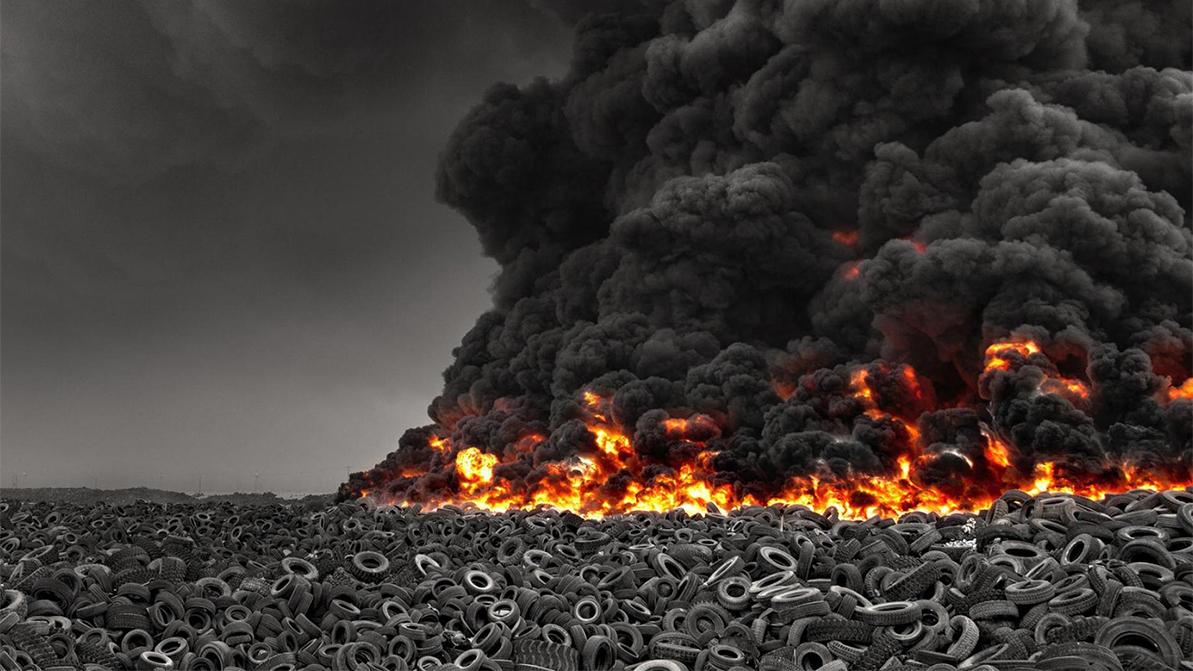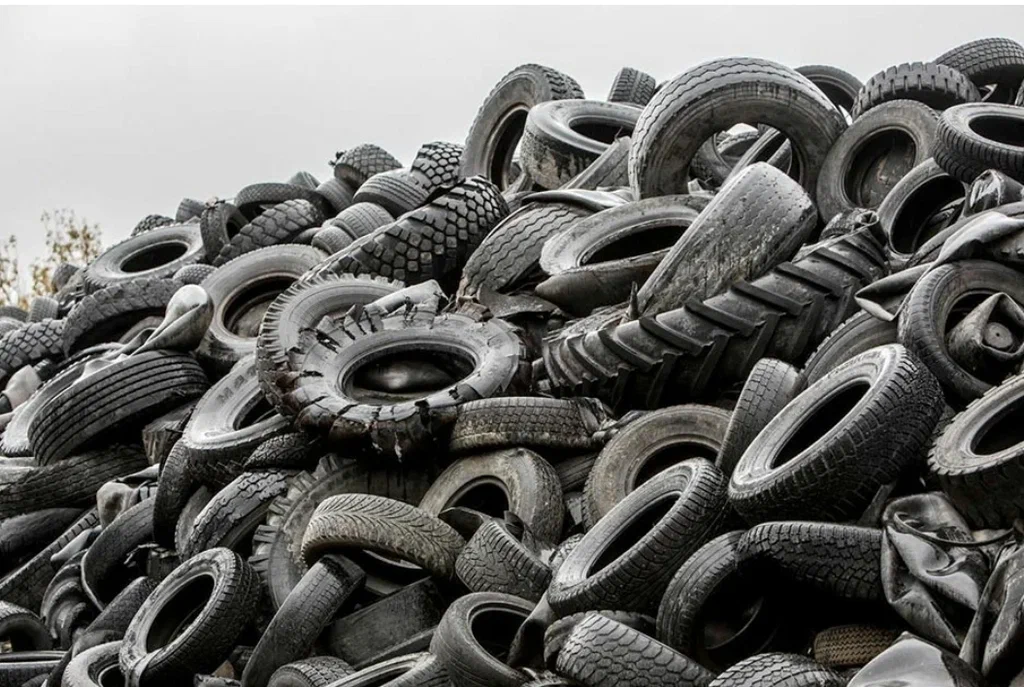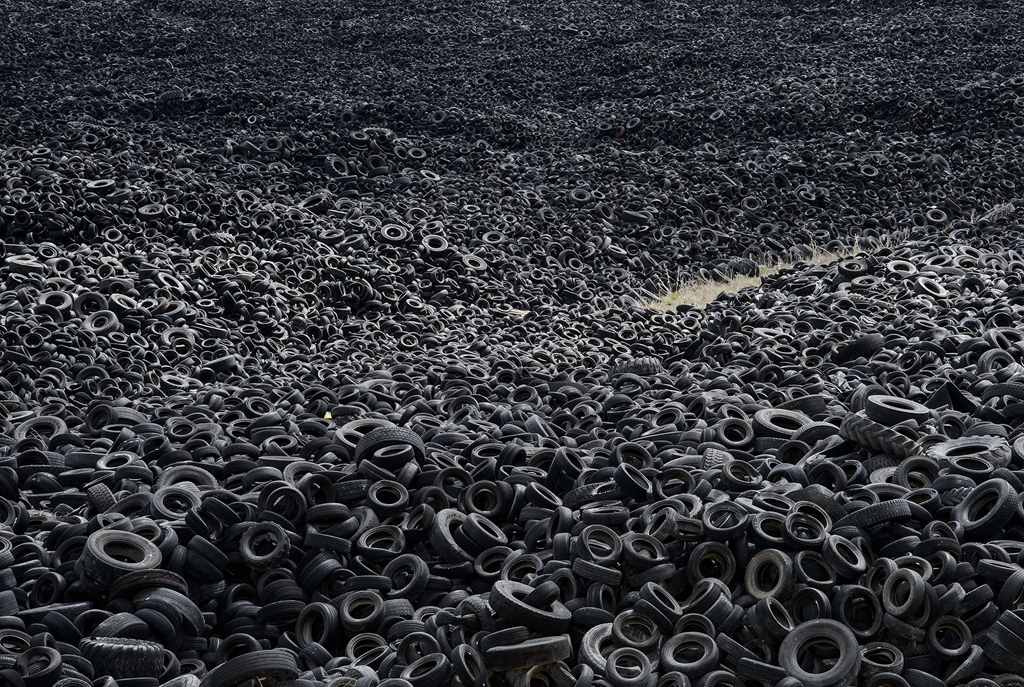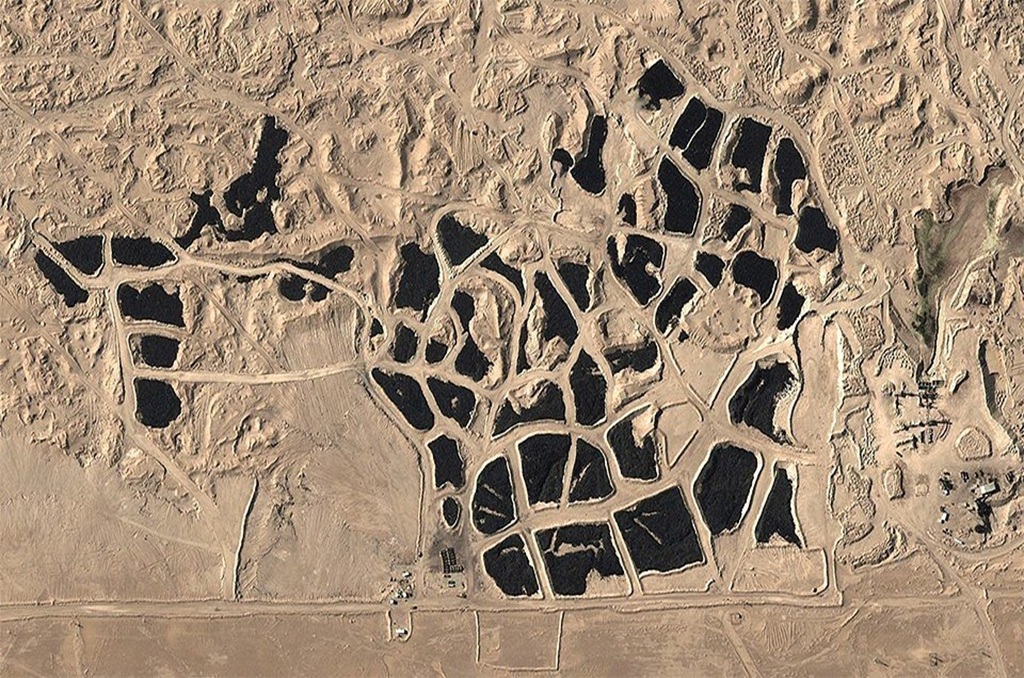Can you imagine over 50 million discarded tyres accumulated in one location for more than two decades? This was the reality in Sulaibiya, Kuwait, where the world’s largest tyre graveyard stood—a site so vast that it was visible from space. Known as a colossal black mark on the land, this waste tyre accumulation posed significant environmental and health challenges. During 2012 and 2020, major fires broke out three times due to the extreme high temperatures, releasing large amounts of toxic chemicals like particulate matter, volatile organic compounds, and polycyclic aromatic hydrocarbons into the air. The thick black smoke created by burning tyres was not only a local threat but also contributed to global environmental issues. Nearby residents suffered from compromised air quality, which posed serious health risks and prompted the nation to seek innovative and sustainable pathways for dealing with end-of-life tyres.
Recognizing the urgent need for decisive action, the Kuwaiti government initiated a revolutionary waste management project, a massive transport operation to relocate the estimated 42 million tyres dumped in the desert to a new recycling base at Al-Salmi, paving the way for a new housing development on the original site. This ambitious project aimed to recycle and repurpose the immense stockpile, mitigating environmental damage and creating valuable new resources.
By September 2021, satellite images confirmed the complete removal of tyres from the Sulaibiya site, marking a pivotal moment in Kuwait’s environmental journey. The relocated tyres were then processed at a state-of-the-art recycling facility, transforming waste into valuable resources and showcasing Kuwait’s commitment to environmental sustainability. But the question remains: What happened to those 50 million scarp tyres in Kuwait?
Well, Kuwaiti government encouraged recycling businesses to established a state-of-the-art tyre recycling plant, equipped with advanced technology to process and convert the discarded tyres into reusable and valuable resources. Let’s understand this in detail:
Input Materials for Tyre Recycling
The tyre recycling system accepts a wide range of scrap tyres as input raw materials. These tyres come from various sources, including passenger cars, trucks, and off-the-road (OTR) vehicles. The system is designed to process tyres of different sizes, without any specific requirements or limitations, making it a versatile and efficient solution for tyre recycling.
Diverse Outputs of Tyre Recycling
The tyre recycling plant produces a variety of output products, each with its own unique characteristics and applications, such as:
Tyre Shreds
Tyre shreds are a primary output product of the tyre recycling process. These shreds come in different sizes, each suited for specific applications.
- Tyre-Derived Aggregate (TDA): The largest tyre shreds, up to 300 mm in size, are known as TDA, it is produced from primary shredders without screening and is used in civil engineering applications, such as road construction and embankment stabilization.
- Tyre Shred (50-150mm): Smaller tyre shreds, ranging from 50-150mm in size, are produced from dual shaft shredders with a disc classifier screen. These shreds are used as raw material for secondary processors, such as rubber chip or rubber granule manufacturers.
- Tyre Shred (50-80mm): Even smaller tyre shreds, ranging from 50-80mm in size, are produced from dual shaft shredders with a trammel screen. These shreds are used as Tyre Derived Fuel (TDF), an energy source for generating heat in various industries, such as Cement kilns, Silicate industry, Paper & Pulp Mill Boilers, Power Plants and other industrial boilers.
Steel-Free Chips/Rubber Mulch
Steel-free chips, also known as rubber mulch, are another valuable output product of the tyre recycling process. Rubber mulch is produced from secondary shredders with an over band magnet and comes in sizes ranging from 12-30mm. Rubber mulch has a range of applications, including:
- Landscaping and playgrounds: Rubber mulch is used as a safe and durable surface material for playgrounds and landscaping projects.
- High-value steel-free TDF: Rubber mulch can be used as a fuel source in various industries.
- Civil engineering applications: Rubber mulch can be used in civil engineering projects, such as road construction and embankment stabilization.
- Raw material for producing pyrolysis oil: Rubber mulch can be converted into pyrolysis oil, a valuable energy source.
Rubber Granules
Rubber granules are a high-quality output product of the tyre recycling process. These granules are produced from primary and secondary shredders with a granulator and fibre separation system, resulting in sizes ranging from 0.8-4mm. Rubber granules have a range of applications, including:
- Sports surfaces: Rubber granules are used in the construction of athletic tracks, gym flooring, and playgrounds.
- Crumb rubber-modified bitumen (CRMB): Rubber granules are used to produce crumb rubber-modified bitumen, a durable and sustainable material used in road construction.
- Production of reclaimed rubber sheets: Rubber granules can be used to produce reclaimed rubber sheets, which have a range of applications.
- Rubber mats and automotive parts: Rubber granules can be used to produce rubber mats and various automotive parts.
Steel
The tyre recycling process generates steel, a valuable by-product that meets the stringent requirements of steel industries, it is produced in two main forms:
- Cleaned steel: Produced from an online steel cleaning system with an additional secondary shredder, resulting in up to 99% clean steel.
- Clean steel wire: Produced from stand-alone steel cleaning systems without an additional secondary shredder, resulting in 96% clean steel wire.
Textile
The tyre recycling process also produces liberated textile, a useful by-product that has a high burning value and contains nylon and rubber powder. This textile can be mixed with other materials to increase their burning value and is often used as an alternative fuel in cement industries and waste-to- energy plants.
According to Markets and Markets report, the tyre recycling market is expected to experience significant growth, with projections indicating a value of USD 6.08 billion in 2024 and USD 7.29 billion by 2029, at a compound annual growth rate (CAGR) of 3.7%. Key drivers of this growth include the increasing number of vehicles on the road, stricter government regulations, and a rising emphasis on sustainable practices. To capitalize on this trend, tyre recyclers can invest in advanced technologies tailored to their needs, unlocking new opportunities and achieving desired results.
Whether you’re looking to start a tyre recycling business in Kuwait or other GCC countries, consider partnering with a leading technology provider to turn your vision into reality. Contact us today to explore how we can help you succeed in the thriving tyre recycling market.



